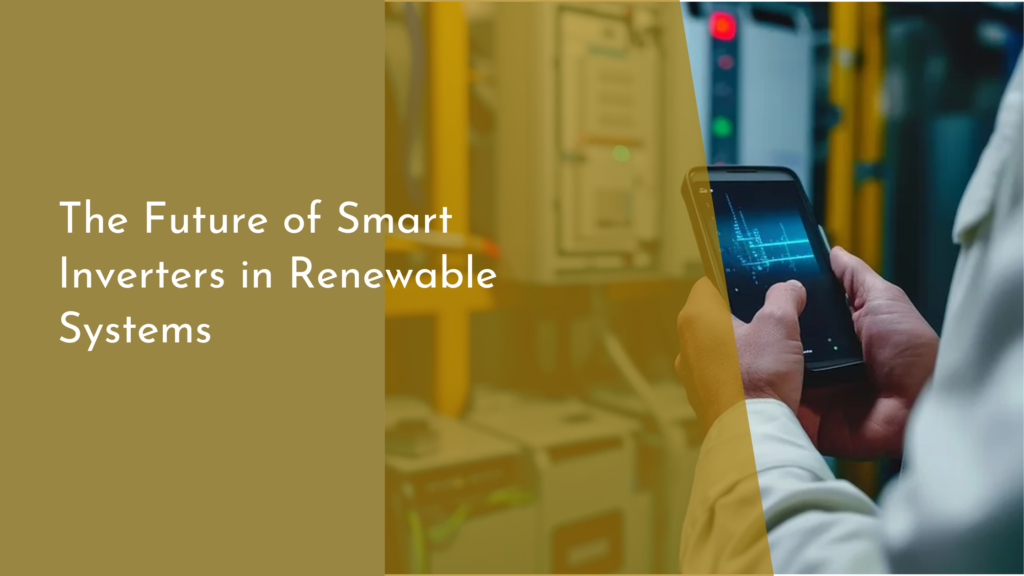Hydrogen Blending in Existing Natural Gas Infrastructure
As the world continues to seek sustainable solutions for energy production and consumption, hydrogen has emerged as a promising alternative. Hydrogen blending, the practice of mixing hydrogen with natural gas in existing pipelines, offers an innovative way to leverage current infrastructure while making strides towards a greener future. This article delves into the benefits of hydrogen blending, how it enhances natural gas systems, the challenges that accompany this integration, and its pivotal role in the global energy transition.
Exploring the Benefits of Hydrogen Blending Today!
Hydrogen blending is an exciting development in the energy landscape, providing a pathway to reduce carbon emissions while utilizing existing natural gas infrastructure. By mixing hydrogen with natural gas, we can significantly decrease greenhouse gas emissions from energy consumption. This is especially crucial as industries across the globe are mandated to cut down their carbon footprints. Moreover, blending hydrogen can enhance energy security by diversifying the energy supply and reducing reliance on fossil fuels solely.
Another noteworthy benefit is the potential for economic savings. Utilizing existing pipelines and distribution networks for hydrogen transport reduces the need for new, costly infrastructure development. This not only makes hydrogen blending a more cost-effective alternative but also accelerates its adoption in various sectors. By integrating hydrogen into the natural gas mix, we can take a significant step towards achieving climate goals without sacrificing the reliability and affordability that natural gas provides.
How Hydrogen Blending Enhances Natural Gas Systems
When hydrogen is blended with natural gas, it promotes cleaner combustion, resulting in lower emissions of pollutants such as nitrogen oxides and particulate matter. This is particularly beneficial for power generation and heating applications, where transitioning to a cleaner energy source can lead to improved air quality and public health. The blend of hydrogen not only contributes to environmental sustainability but also enhances the overall efficiency of energy systems by optimizing combustion processes.
Additionally, hydrogen blending can stimulate technological innovation in the energy sector. As utilities and energy companies experiment with varying hydrogen concentrations, we can expect advancements in gas turbine technology, fuel cell applications, and other energy technologies. This fosters a culture of innovation, encouraging the development of sustainable solutions that can be used beyond natural gas systems, paving the way for a more resilient energy future.
Overcoming Challenges: Blending Hydrogen with Natural Gas
Despite its many advantages, hydrogen blending does come with a set of challenges that must be addressed to ensure its successful implementation. One of the primary concerns is the difference in properties between hydrogen and natural gas. Hydrogen has a lower energy density and can lead to embrittlement of some materials used in existing pipelines, necessitating upgrades to ensure safety and efficiency. Regulatory frameworks must also evolve to accommodate the blending of hydrogen and natural gas, ensuring that safety standards are met and protecting end-users.
Moreover, public perception and acceptance play a critical role in the widespread adoption of hydrogen blending. Many individuals may be unfamiliar with the benefits of hydrogen as a clean energy source, leading to skepticism about its safety and viability. Therefore, comprehensive outreach and education initiatives must be undertaken to inform the public about the safety, environmental, and economic advantages of hydrogen blending, fostering a more supportive environment for this promising energy solution.
A Greener Future: The Role of Hydrogen in Energy Transition
As the world aims for a sustainable energy future, hydrogen blending represents a key strategy within the broader context of energy transition. By incorporating hydrogen into existing natural gas systems, we can make incremental yet significant progress in reducing carbon emissions while maintaining energy reliability. This method allows for a gradual shift towards a more hydrogen-centric energy mix, which can ultimately lead to the decarbonization of various sectors, including transportation, heating, and industrial processes.
Furthermore, the scalability of hydrogen blending offers tremendous potential for regional and national energy systems. As production of green hydrogen from renewable sources becomes more prevalent, the blending process can be expanded to incorporate higher concentrations of hydrogen. This paves the way for a future where hydrogen plays a central role in our energy landscape, supporting global climate goals and fostering a more sustainable, resilient economy.
In conclusion, hydrogen blending in existing natural gas infrastructure presents an exciting opportunity to address pressing environmental challenges while leveraging current energy systems. By exploring its benefits, enhancing natural gas systems, overcoming challenges, and recognizing hydrogen’s role in the energy transition, we can take meaningful steps towards a cleaner, greener future. Embracing hydrogen blending not only signifies progress in sustainable energy but also holds the promise of a brighter, more eco-friendly world for generations to come.

